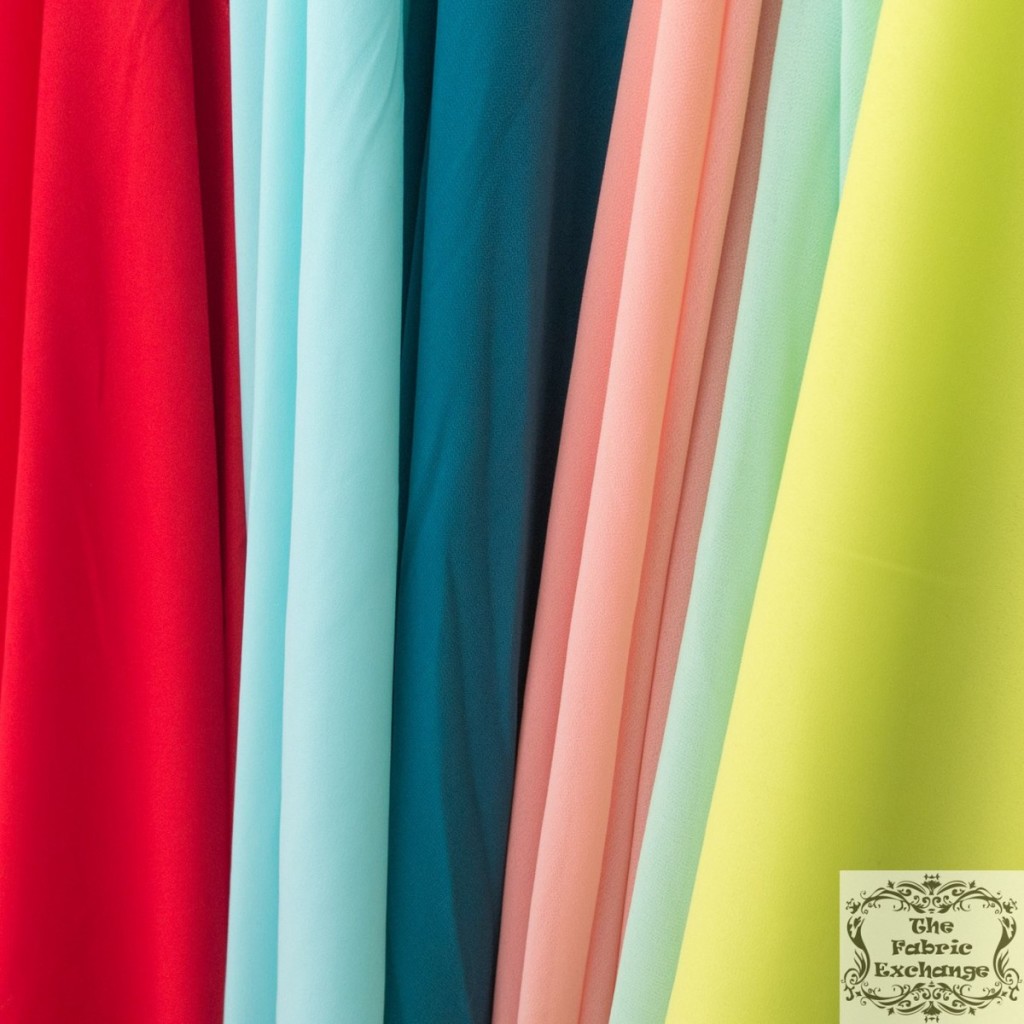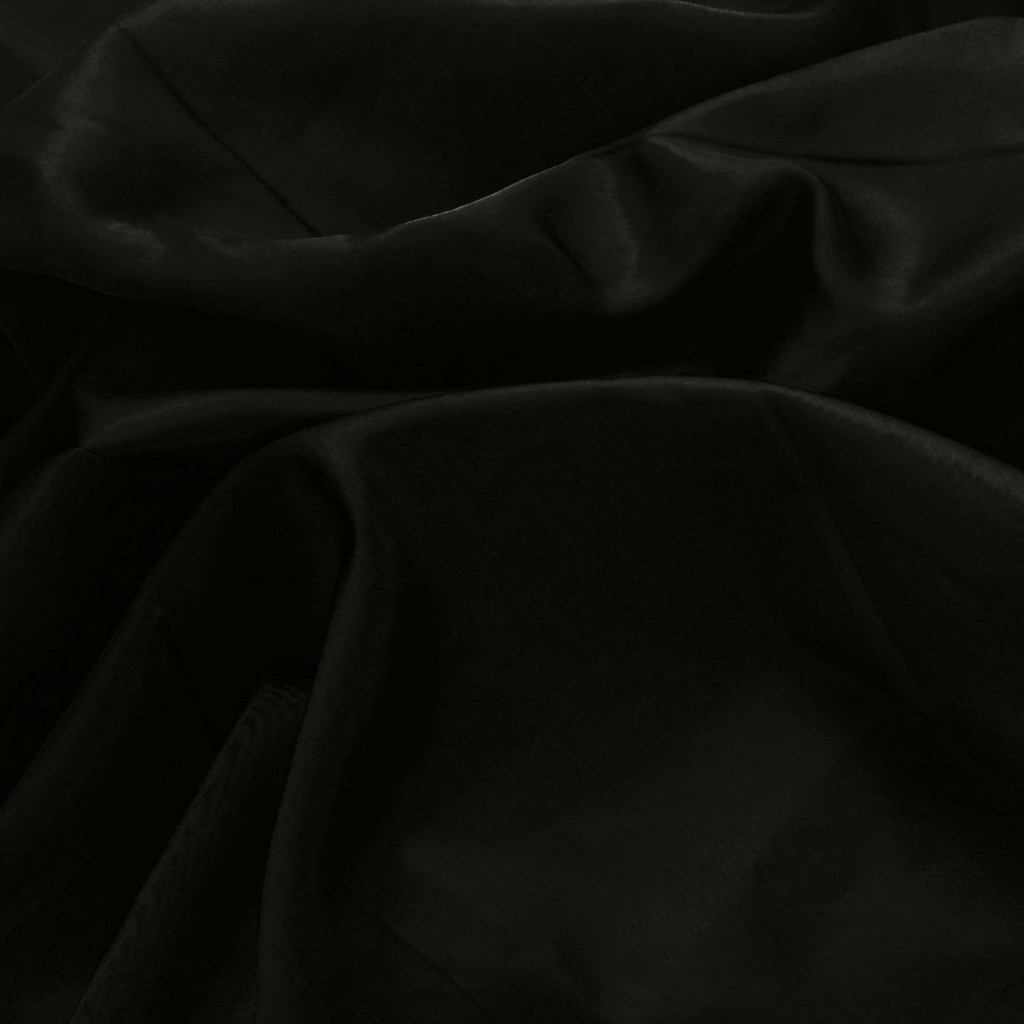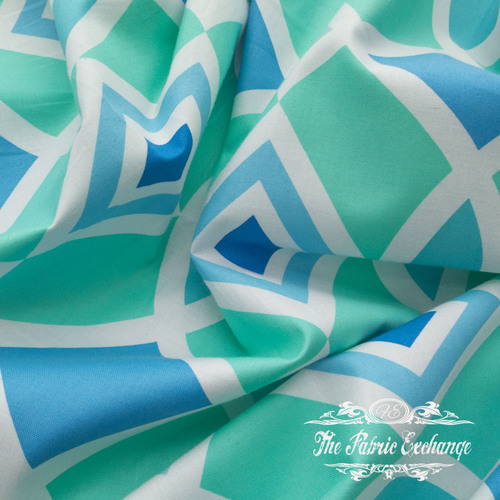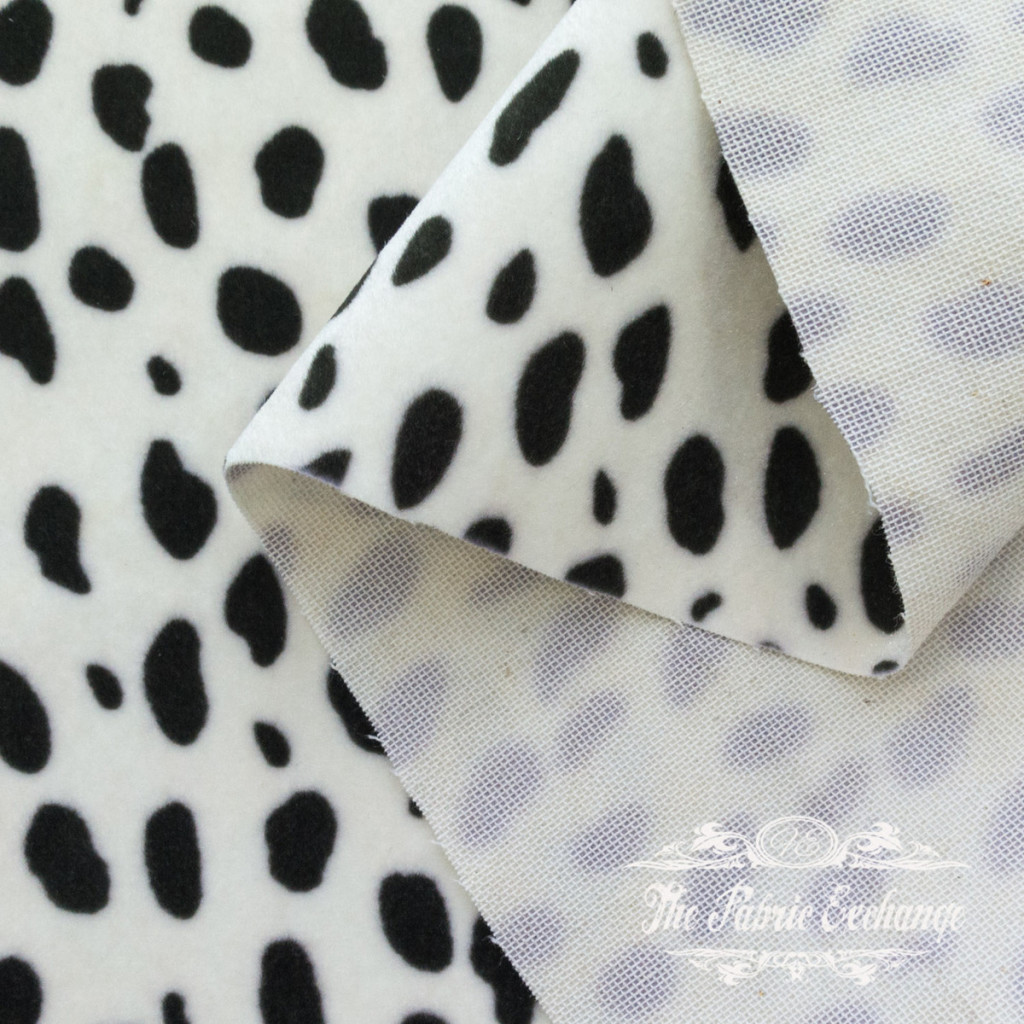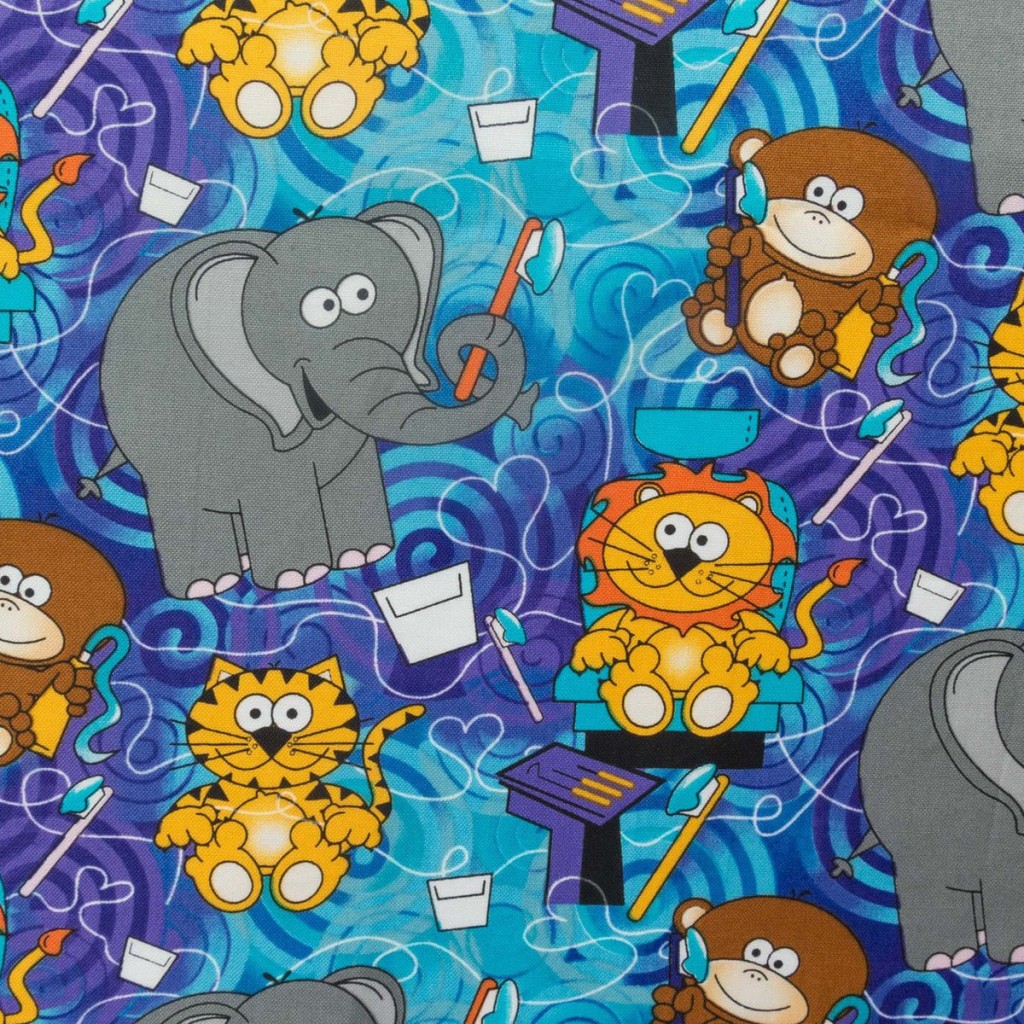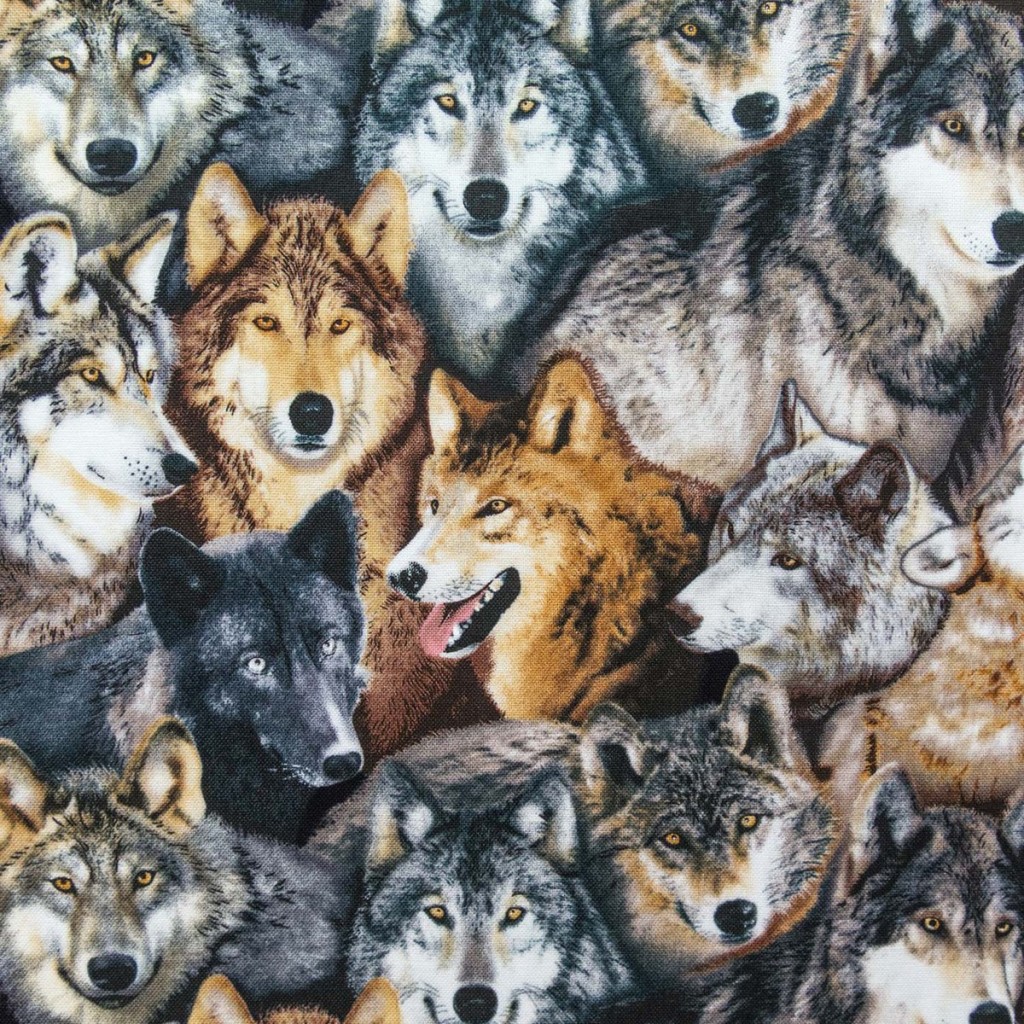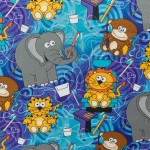 Do you love to DIY your own clothes of various fashions and also home decoration, but don’t know much about different types of fabrics? Remember that the more you gain information about fabrics, the easier will it be for you to stitch. Here are a few tips about various fabric types, how to choose them for your own wearing, family and festivals, and more.
Do you love to DIY your own clothes of various fashions and also home decoration, but don’t know much about different types of fabrics? Remember that the more you gain information about fabrics, the easier will it be for you to stitch. Here are a few tips about various fabric types, how to choose them for your own wearing, family and festivals, and more.
How to Choose the Right Type of Fabric?
Before we learn about the types fabrics for all uses, it will be better if you know the significance of fabric ‘weight’ and why you should pay more attention to it. Thin fabrics are lightweight and work better for dresses and tops, while thick fabrics are heavy and work better for skirts, pants and jackets. Of course, there is no hard and fast rule for this and you can always choose what you like, but if you obey this rule, your clothes will last and look better for longer. For example, you can use thin fabrics for skirts and jackets, but in case of pants, heavy stuff is better anytime.
Sometimes you will find fabrics with labels by weight.
- Top-weight: Dresses and shirts (also known as shirtings)
- Bottom-weight: Skirts, jackets and pants
- Very light: Less than an ounce per yard
- Light: 2-3 ounces per yard
- Medium: 5-7 ounces per yard
- Heavy: above 7 ounces per yard
Very light and light are better for shirts, while medium and heavy are better for pants.
However, you may not always come across labels of weight on fabrics when you enter a fabric store; in that case, you will have to feel the fabric and judge on your own.
NOTE: If you are planning to have patches, choose heavy fabrics.
Types of Fibers and Fabrics
Several fabrics are a combination of two or more types of fibers. E.g. you may get a fabric with 50% polyester and 50% cotton. Make sure that you read about the fiber content as it will influence how your outfits will feel and behave.
Fibers are of three types:
- Natural fibers
- Protein fibers
- Manufactured fibers
Protein fibers are of animal origin and not vegan-friendly, while manufactured fibers are made often from chemicals because of which they typically dry sooner than natural fibers. They can develop stiff pilling.
Natural Fibers
Cotton: Cool, comfortable and absorbent, cotton doesn’t dry quickly. It also may shrink upon washing. It has medium strength and lasts long. It can be used in several things, like jeans, t-shirts, innerwear and upholstery. A variety named combed cotton is of better quality and softer than standard cotton.
Linen (Flax): Just like cotton, flax too is cool and absorbent. But it wrinkles very badly and needs very hot ironing. As it shrinks in water, dry cleaning is a better option. It’s a better choice for summer clothing and even home décor.
Ramie: Ramie is similar to cotton and flax in properties, but is quite expensive.
Protein Fibers
Silk: Very thin, absorbent and comfortable, silk is an elegant fiber. It wrinkles quickly and is often dry-clean only. It comes from silkworm.
Velvet: Very soft to touch and rich to look at, velvet is made from silk. It is created by weaving cut threads so as to create dense piles to achieve the soft distinct feel.
Wool: Strong, dry, warm, wool doesn’t wrinkle quickly. It may be sometimes itchy and coarse, but if it’s high quality, it’s soft. It comes from sheared sheep.
Leather: Strong and absorbent material, leather comes from the hide of dead animals.
Mohair: Mohair is softer and shinier than wool. It’s expensive and comes from Angora goat.
Manufactured Fibers
Polyester: Also named as terylene, polyester is one of the cheapest fibers. It has many good qualities, like quick drying, no shrinkage in water and great strength. But you may not find it always comfortable, especially in tight-fitting clothes.
Rayon: Also known as viscose, rayon is similar to cotton in properties like coolness, comfort and absorbency. This also wrinkles badly but is quite strong.
Nylon: Nylon is the strongest of all major fibers and is very stretchy. However, it’s not very comfortable, being not much absorbent.
Spandex: Also known as lycra, spandex is very stretchy and recovers to the original size instantly. It’s commonly used in non-stretchy fabrics to add comfort.
Acetate: While it feels comfortable and silky, acetate is quite cheap. But it’s not very strong and is dry-clean only. It is mostly used in linings.
Acrylic: Used as a cheaper and washable alternate to wool and faux furs. It has good strength and doesn’t wrinkle quickly.
Polyurethane/PVC: This is usually used as one side of the fabric and the other side is of another fabric such as polyester. It’s waterproof and stretchy. As it doesn’t breathe, it’s not comfortable to make an entire outfit.
Which Fabrics are Best for DIY Clothing?
Fabrics like cotton, polyester blends and spandex are best for clothing. While choosing polyester, avoid 100% polyester, particularly for tight-fitting clothes and outfits covering entire body because it may get very hot and uncomfortable. Spandex is best for adding stretch to any fabric; you need not add it more – even just 1% is sufficient for the purpose.
Factors to Consider while Choosing Fabrics
Festivals like Halloween bring a lot of joy and are a major opportunity for you to try your hands on DIY clothing, for you and your family members, especially children. However, while choosing fabrics for your Halloween costumes, you should be careful about some factors.
First of all, you should choose only those fabrics like cotton and silk, which won’t easily catch fire. With a lot of candles lit for creating the spooky atmosphere, fabrics like nylon, 100% polyester etc can easily catch fire to spoil all the good mood. This includes wigs, beards and hats too. Best is to look for the label like “flame resistant” or “flame retardant”. These fabrics may also burn, but they will burn slowly allowing you to get time to take your child out of the costume.
Secondly, you should see to it if a particular fabric causes rashes on children’s skin. The best fabrics to avoid rashes are breathable fabrics, like cotton.
Thirdly, children, and elders too, should feel warm enough as weather in October end can be cold and there may even be snowflakes. Best thing is to wear skin suits leaving face unzipped. Skin suits are best for warmth and protection.
Visit TheFabricExchange.com to get all types of fabrics for women and men, children, Halloween, and even home décor. You will also get DIY tutorials here. Plus there are amazing offers, contests with awesome prizes and much more. Pictures in this article are their courtesy.

